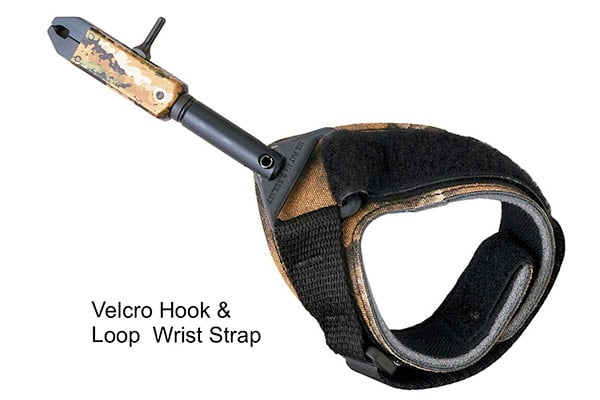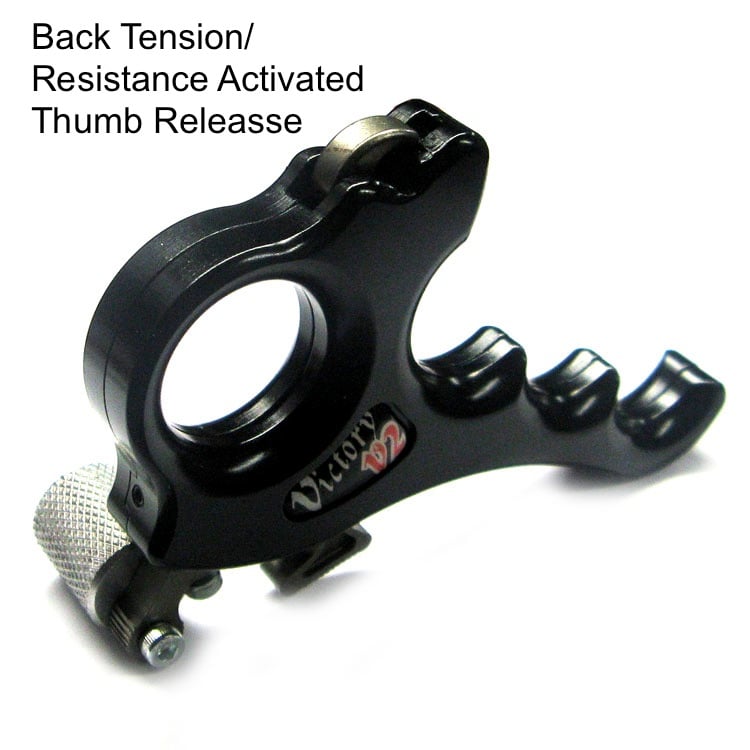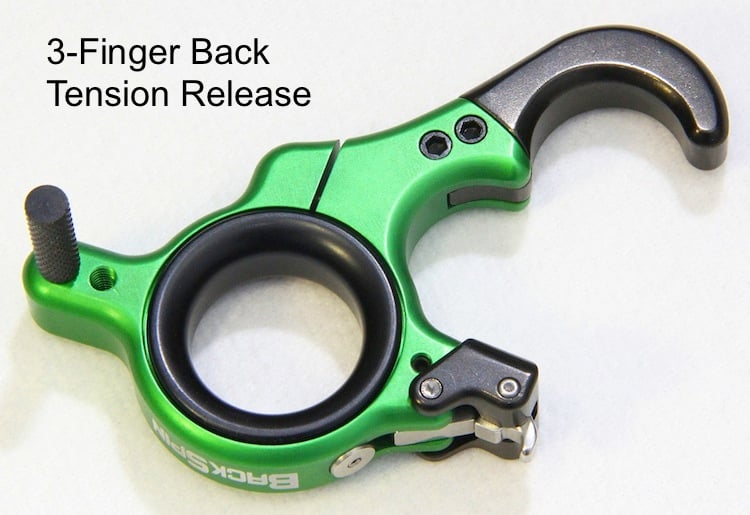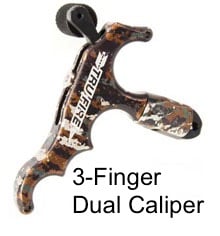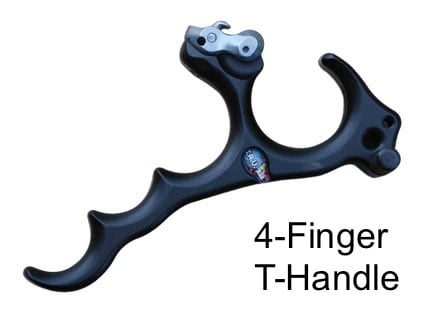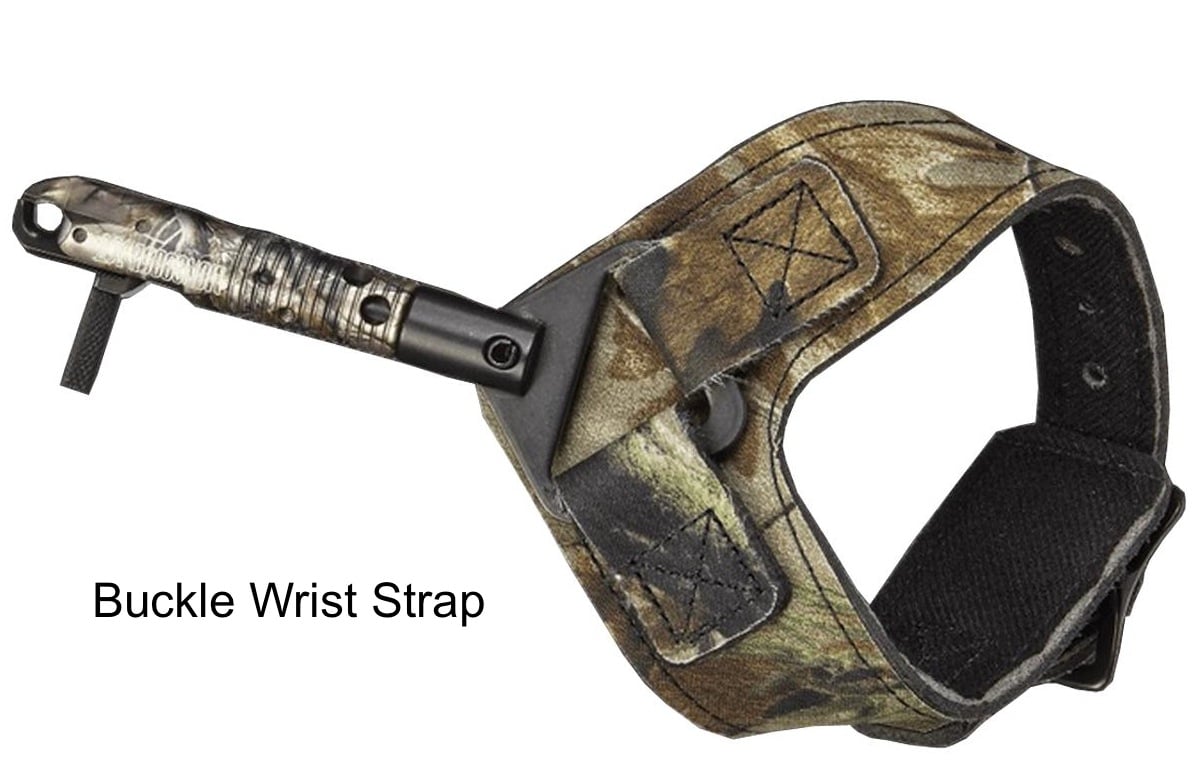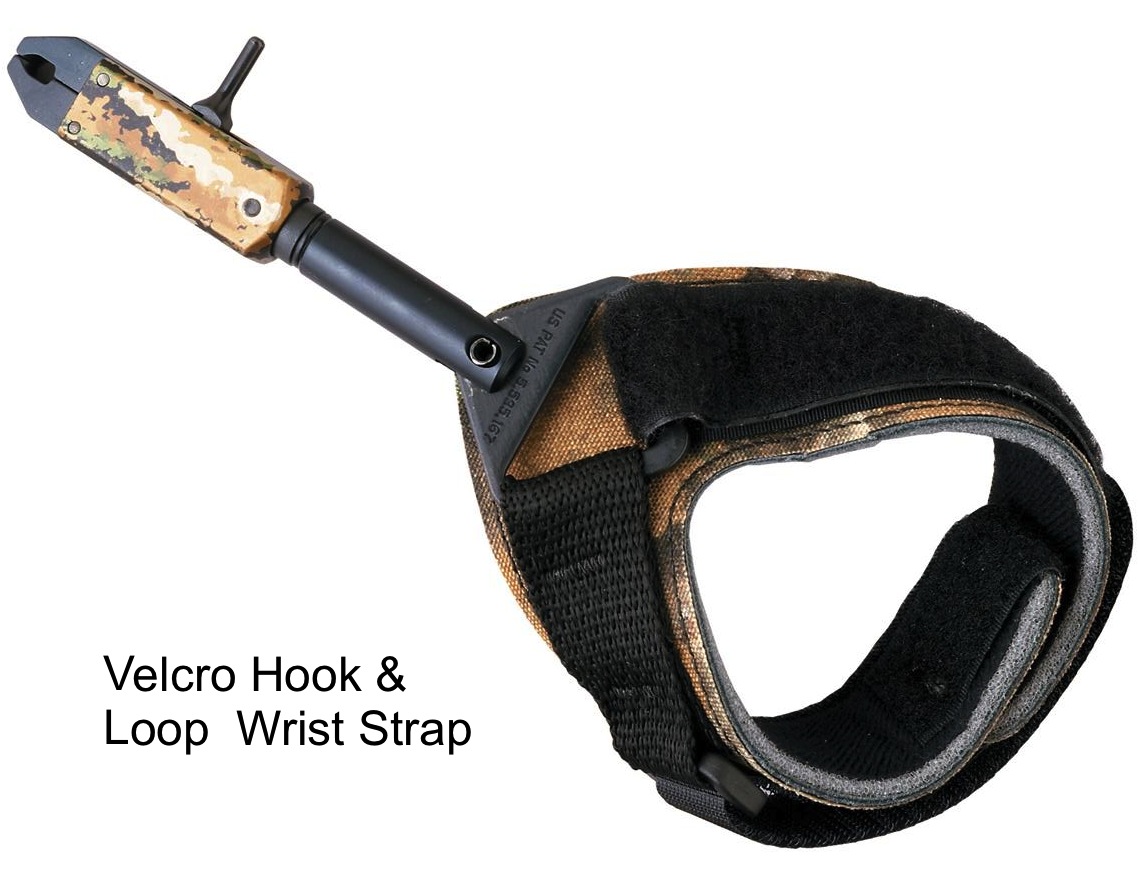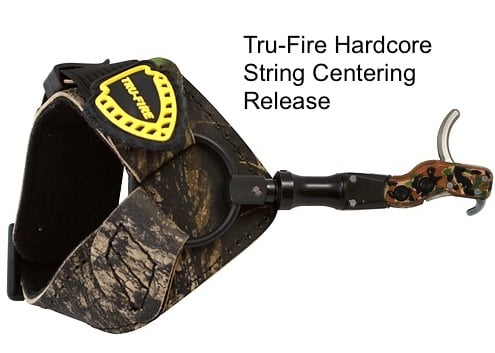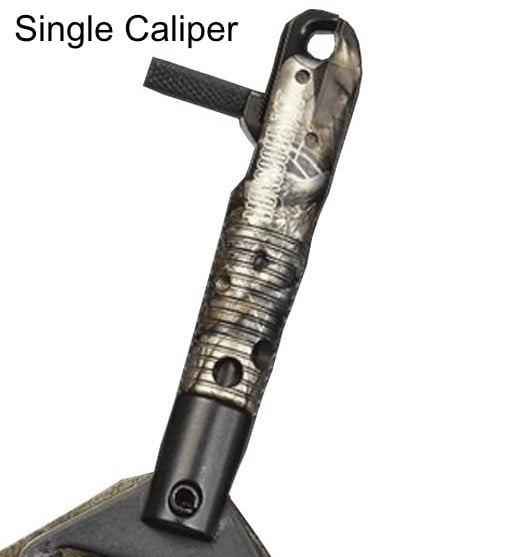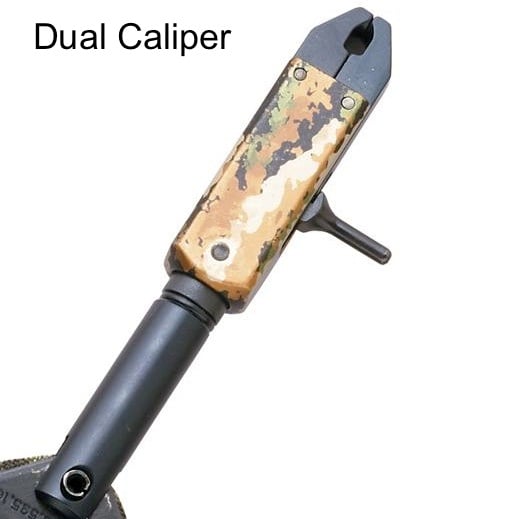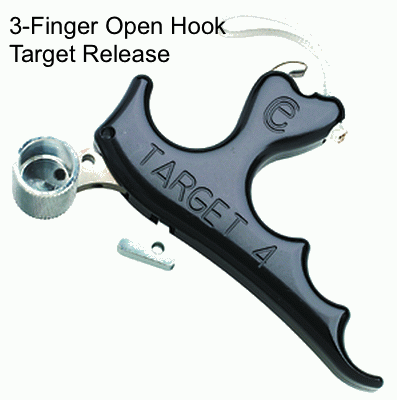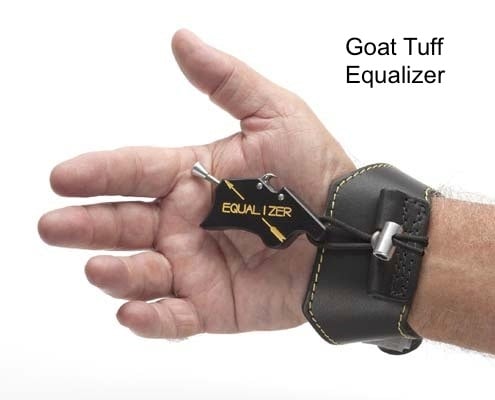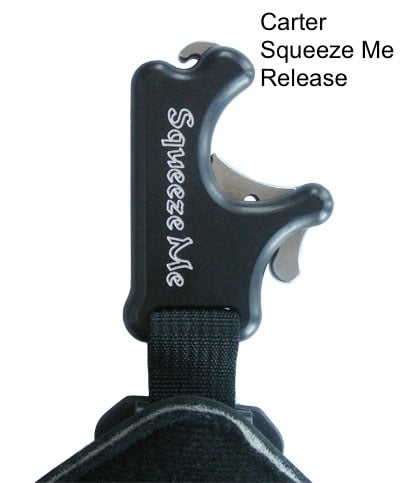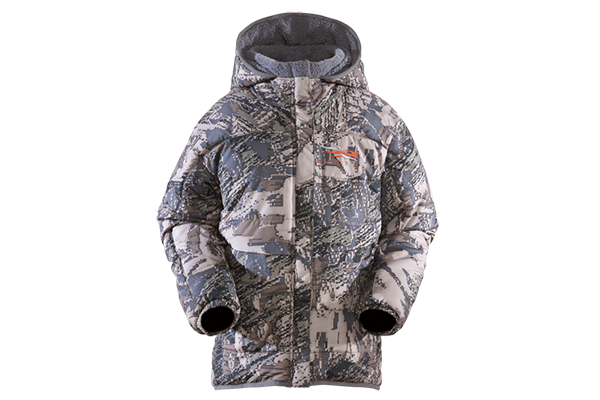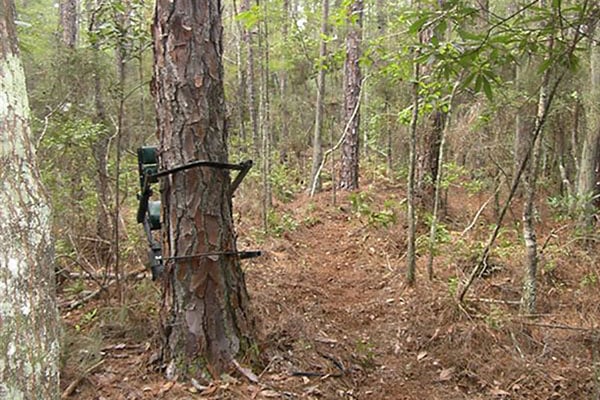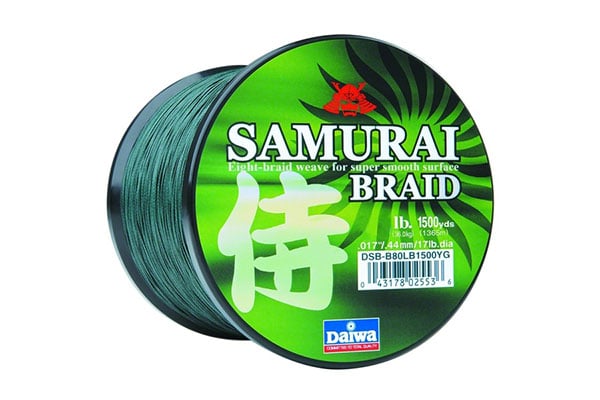Last Updated on
There are several advantages mechanical release aids offer archers who shoot compound bows for hunting or competition. Archers favor release aids because of proven increased accuracy due to the fact of reduced torque on the bowstring resulting in improved tighter groups. The release aid reduces torque because the release mechanism has one single point of contact on the bowstring allowing for less string deformity at full draw and a smoother, mechanical release.
An archer may use the same mechanical release aid shooting competitions as well as for hunting game; although it is more common for a 3-D archer to use a different style release aid than the same style they hunt with. Regardless if you are shooting compound target practice, 3-D archery, recreational target shooting or for bow hunting, a mechanical release aid can provide increased precision and consistent accuracy. Which mechanical release aid is best for you depends on your intended use and style of shooting.
You will find that even though mechanical release aids offer adjustability; they are not a “one-size-fits-all” item. It may take practice shooting a couple dozen arrows with a new release before an archer becomes comfortable with it.
Release Styles
There are various options and styles of releases available that are popular: the index finger release, back tension release, resistance activated release, the thumb release or 2, 3, 4 finger T-Handle release.
The index finger release is the most popular among mechanical release aids because the familiarity of pulling a trigger. The back tension/resistance activated release is the hardest style to learn to use because it uses the engagement of the archer’s back muscles to activate the release. This is not a skill that all shooters are comfortable with or that is easily perfected.
The thumb release is popular, especially for those archers who often deal with target panic or punching the trigger, because it gives the user more control over the trigger by employing the thumb to activate the release. The T-handle release is available in 2, 3, and 4 finger styles and relies on the strength of the archer’s hand for the draw. The release is held in the fist with fingers in predetermined grip grooves with the release mechanism sticking through between the index and middle finger.
Release Strap
The various styles of releases are offered with a buckle wrist strap, string loop, a Velcro hook and loop wrist strap or strapless. Most archers find that using a wrist strap allows them to pull a the draw weight more comfortably, by not putting all the tension on their fingers, allowing the archer to efficiently use their arm and back muscles to draw the bow.
A buckle release offers a quiet, consistent adjustment every time which most hunters prefer in the stand. The Velcro hook and loop offers infinite adjustability, but application of the release strap is noisy and often inconsistent causing the archer to have to readjust for the right fit.
Strapless releases are becoming more popular among hunters. Often the hunter will clip the release to the D-Loop or bowstring where it remains until used. The drawback for this style release is that it is easier to forget and often is dropped from tree stands or inadvertently knocked off the bow while stalking with a bow.
Release Mechanisms
The various style mechanical caliper heads are offered in a single caliper, dual caliper, or open-hook design. Most brands and models offer adjustable trigger sensitivity and a knurled trigger for a better grip. The dual caliper head’s symmetrical design offers even distribution of friction upon release—the drawback is that is causes faster string loop wear. The dual caliper also offers the largest head for those archers who prefer that for usability while wearing gloves or in heightened moments of hunting conditions. Usually this design has a heavier trigger setting.
The single caliper has a more compact design and offers a light trigger setting. This style also offers less string friction upon release and less string wear. The open hook design has the smallest release head and offers the least amount of string friction and string wear. Using this style release is fast and you do not have to look at your string to attach it for drawing back the bow.
Mechanical releases can be used with a D-Loop or attached directly to the bowstring just under the nocked arrow. The D-Loop is most commonly used and causes the least amount of torque on the bowstring at full draw and through the release. Whereas the caliper attached directly to the bowstring causes stress, to the bowstring and arrow nock, through the draw cycle and during the release; as well as causes wear directly to the bowstring.
Connector/Adjustment System
The most important feature to look for in a release is that the length of the mechanical release head is adjustable for a custom fit. The connector/adjustment system on the release head can vary from a nylon strap to a solid swivel connector or an adjustable solid swivel connector. The nylon strap offers the option of tucking the release head away. The solid swivel design gives the archer something to grab on to. This feature choice is purely a personal selection.
Specialty Releases
There are specialty releases that are available to assist archers in various handicaps or shooting issues. The Goat Tuff Equalizer offers increased arrow speed without having to increase draw-weight by increasing draw-length up to three inches. The Carter Squeeze Me release has been recommended for target panic or for those hunters who have a habit of punching the trigger. An archer can find a plethora of specialty releases on the market for various shooting issues or styles.
The price range for mechanical release aids can run from economical to very costly. There are just a few disadvantages to using a mechanical release. The first is that the release, being mechanical, has the possibility of breaking and secondly, the possibility of an archer misplacing it or leaving it behind and not having it when they are in the stand. To avoid these issues, always have a second release in your backpack as a back up.
Logos and photos are the sole property of its rightful owner and used within this writing solely for the promotion of products herein as requested by the product’s manufacturer or in efforts of product exposure for the manufacturers.
Endorsement Disclosure: Per the guidelines of the Federal Trade Commission, the products reviewed in these product reviews and/or article is an endorsement and the writer may have been compensated by “in-kind” payment to review the product.
Interested in more? Check out: Fred Bear And Bear Archery.
